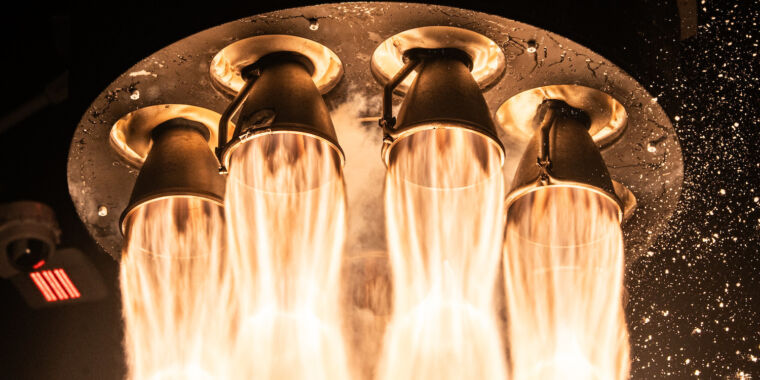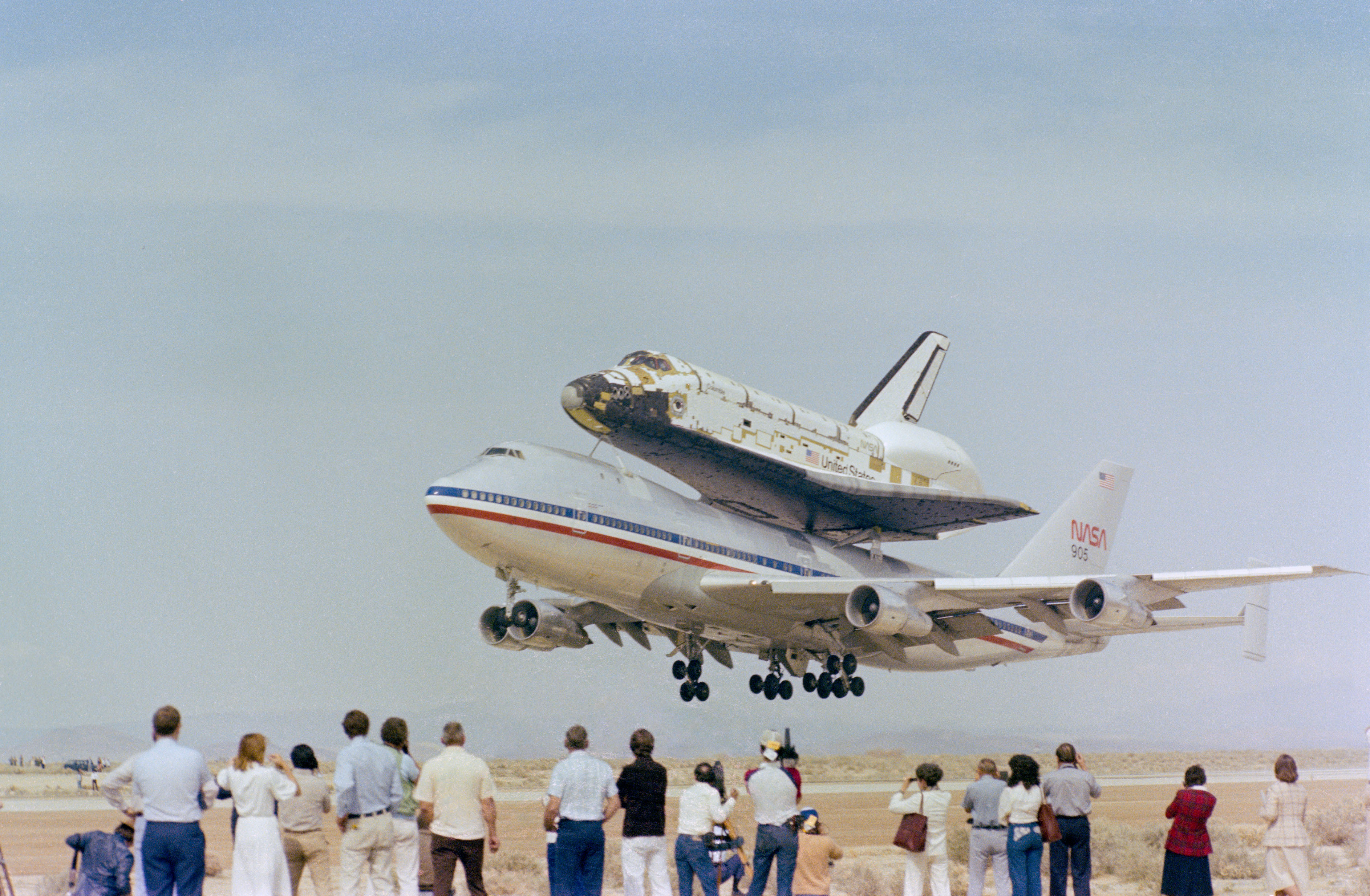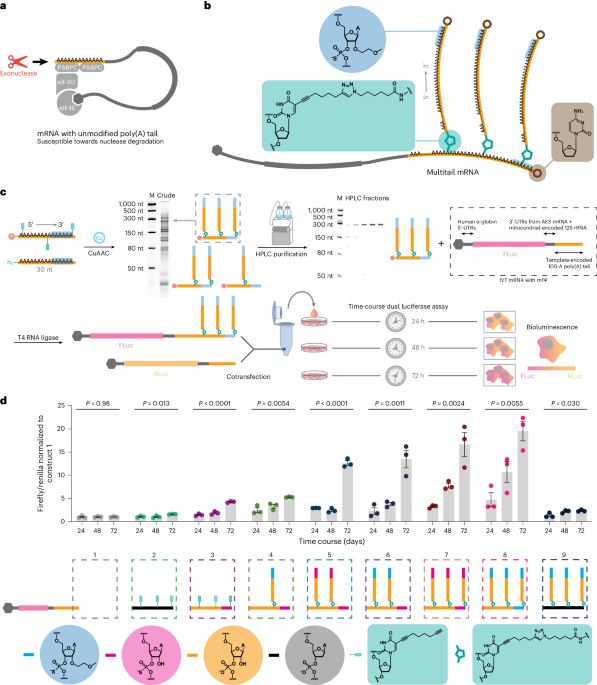[ad_1]
What they didn’t know at the time was that one layer of acrylic glass in a viewing port had cracked because of a shifting metal fixture. The rest held. “We decided to proceed,” recalled Don Walsh, then a Navy lieutenant, who joined Swiss oceanographer Jacques Piccard on the mission.
Deeper still: 33,000 feet, 35,000 feet. Nearly five hours after leaving the surface on Jan. 23, 1960, the Trieste sensors detected the seabed: the deepest point in all the oceans, known as the Challenger Deep. The descent stopped at about 35,800 feet. The craft’s lights lit up the silty flats at more than 6.7 miles down. They were the first humans to set eyes on it.
“It was really mare incognita,” said retired Navy Capt. Walsh, who died Nov. 12 at 92.
Capt. Walsh and Piccard spent 20 minutes at the ocean floor, taking measurements and peering through the super-fortified viewing holes in the Trieste. What they saw opened new frontiers in deep-sea marine biology. They reported spotting a fish, shrimp and jellyfish at depths below 30,000 feet. The observations were the first eyewitness clues to the range of life that could survive in the most extreme depths.
The voyage also was an audacious stress test for deep-sea exploration. No one was really sure how the Trieste — nearly 60 feet long — would hold up. Its steel hull was held together by a special epoxy, an innovation designed to better withstand the intense water pressure.
The Navy kept the entire project, code-named Nekton, under a cloak of secrecy. One reason was the ingrained wariness of the Cold War, when fears of Soviet spying surrounded any new technology. The other motivation was that Navy officials didn’t want to report a failure to the public if the mission ended in disaster.
While the Trieste was being outfitted at the Navy Electronics Laboratory in San Diego, Capt. Walsh was asked to brief a visiting admiral on the craft’s design and use of epoxy bond. “He fixed me with an admiral’s ‘evil eye’ and said, ‘Lieutenant Walsh, the Navy does not glue its ships together!’” Capt. Walsh wrote in an April 2014 article in Scientific American.
“Perhaps,” Capt. Walsh added, “but ours was glued.”
Capt. Walsh first heard of the Trieste after the Navy purchased the craft in 1958. The Navy sought volunteers to train with Piccard, who designed the vessel with his father. Capt. Walsh stepped forward.
“There was an opportunity to pioneer,” he said in a 2010 interview. “I wasn’t sure what I was going to be doing, but I knew I’d be at sea. It wasn’t until later they told us what they had in store.”
His deepest dive in a submarine until that point was 300 feet.
To make the craft ready, every reinforcement and modification had to be devised by Navy engineers and Piccard, who died in 2008. No one had attempted anything like this before. “Cameras, lights, samplers, sensors, instrument sensors — all of that we had to design and build, or have built,” Capt. Walsh said in an interview with USNI News. “So we were writing the book for deep ocean operations.”
Test dives were done in 1959, each progressively deeper. They learned along the way. Some outside instruments failed under the water pressure. The Trieste, however, held up nicely. On Jan. 15, 1960, in a final run, they dove to 23,000 feet in the Pacific near Guam.
The Trieste was towed by the USS Lewis to a spot above the Challenger Deep, about 200 miles southwest of Guam. When Capt. Walsh and Piccard — the “hydronauts” — inspected the Trieste at sunrise on dive day, they were dismayed. Seawater has slashed into the vessel. Equipment was tossed about. “The tow from Guam,” wrote Piccard, “had taken a terrific toll.”
Still, there were no malfunctions in the electrical systems and electromagnets, used to control ballast release. “I made the decision,” recalled Capt. Walsh. “We would dive.” The 350-pound hatch was bolted shut. The pair squeezed into a square chamber with 38-inch sides and a five-foot-eight cap.
At 36,000 feet, Piccard dumped ballast to slow the descent to six inches per second. The craft was already a mile deeper than Mount Everest’s summit. As the bottom neared, Capt. Walsh counted down via underwater acoustic link to the tug USS Wandank, whose communications call sign was “Pittsburgh.”
“Thirty … 20 … 10,” said Capt. Walsh, according to Navy records. The Trieste’s depth gauge registered more than 35,800 feet. (The device’s calibration was slightly off, and the depth was later determined to be 35,797 feet.)
“Pittsburgh, Pittsburgh, this is Trieste, we are on the bottom of the Challenger Deep at six-three hundred fathoms. Over,” Capt. Walsh said.
“Trieste, Trieste, this is Pittsburgh,” came the reply from Lt. Larry Shumaker. “I hear you faint but clear.”
As the Trieste left the bottom, Piccard and Capt. Walsh celebrated by waving Swiss and American flags and eating their own provisions: bars of chocolate.
Donald Walsh was born on Nov. 2, 1931, in Berkeley, Calif. His parents divorced when he was young, and he was raised by his mother, who did a variety of jobs including working at the local telephone company.
He enlisted in the Navy in 1948 and graduated from the U.S. Naval Academy in 1954. He became a submarine officer, commanding the USS Bashaw. After the Challenger Deep mission, he was awarded the Legion of Merit by President Dwight D. Eisenhower.
He retired from the Navy in 1975 with a master’s degree in political science from San Diego State University, where he studied while in military service. He then earned a doctorate in physical oceanography from Texas A&M University, and taught the subject at the University of Southern California from 1975 to 1983.
He consulted on several films, including “Raise the Titanic” (1980) and “The Hunt for Red October” (1990). In 2001, he visited the wreck of the Titanic on the commercial MIR-2 submersible. The vessel touched down on the deck of the Titanic while the crew had lunch. In 2010, he was awarded the National Geographic Society’s highest honor, the Hubbard Medal.
Two years later, he was part of the support team for film director James Cameron’s solo mission into Challenger Deep. (The Trieste’s Challenger Deep depth mark was surpassed in 2019 by missions led by explorer Victor Vescovo, reaching 35,843 feet.)
Capt. Walsh died at his home in Myrtle Point, Ore., said his daughter Elizabeth. No cause was given. Besides his daughter, survivors include his wife of 61 years, Joan Walsh, and son Kelly, who reached the bottom of the Challenger Deep in June 2020 — more than 60 years after his father’s voyage — in a dive with Vescovo.
There still remains a lot to be explored, Capt. Walsh often reminded audiences. He said that robotic vehicles may do the “heavy lifting” in many deep-sea missions. “But there will also be a need for putting humans down there to make direct observations,” he told National Geographic.
“We’ve only adequately studied 8 percent of the world oceans,” he said. “I’d suggest there’s a lot of work left to do, whether it’s the deepest part of the ocean or anywhere else.”
Maqvi News #Maqvi #Maqvinews #Maqvi_news #Maqvi#News #info@maqvi.com
[ad_2]
Source link


















































